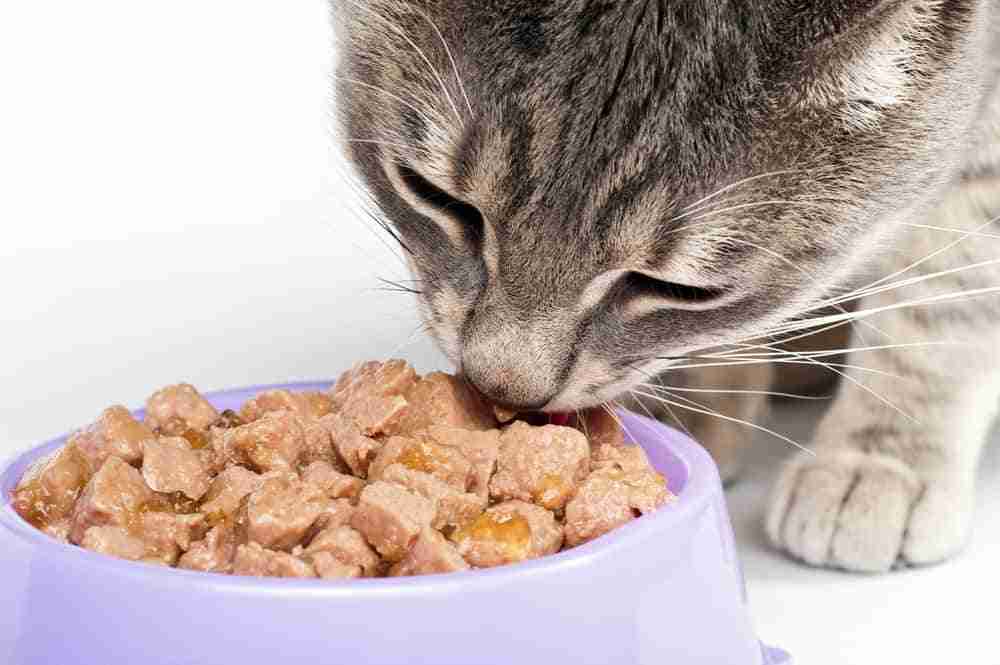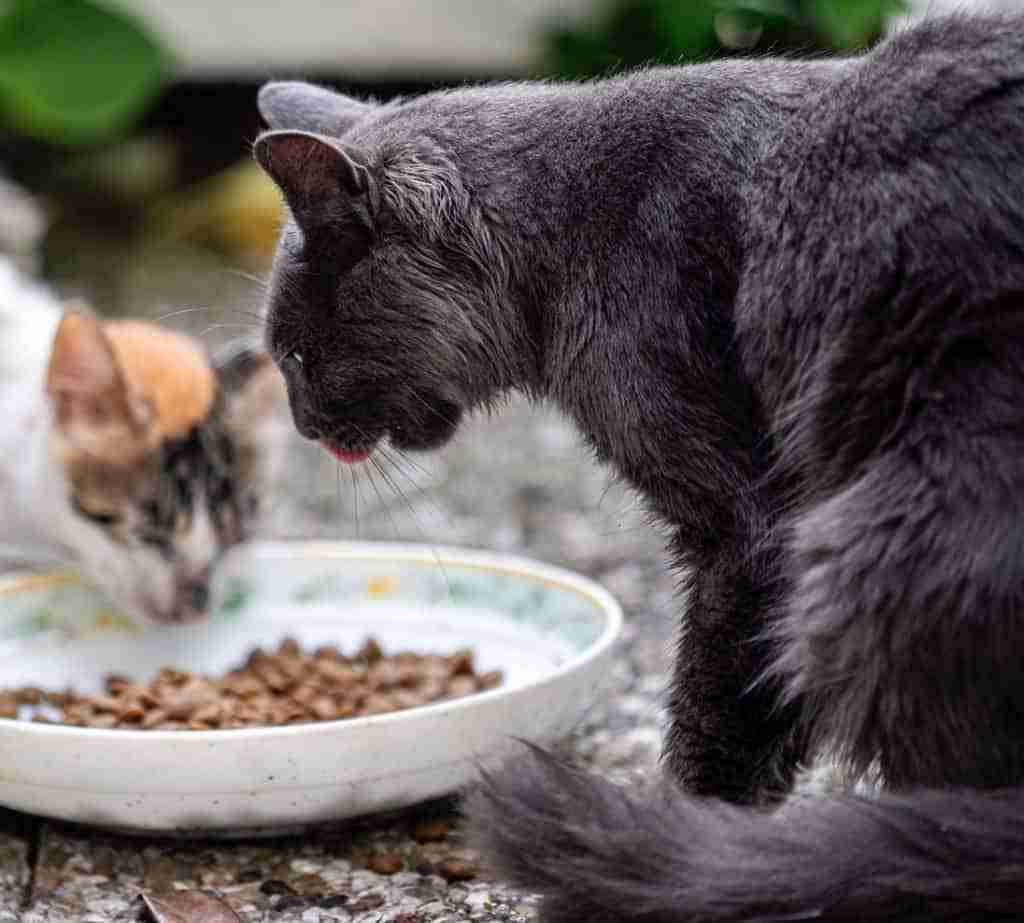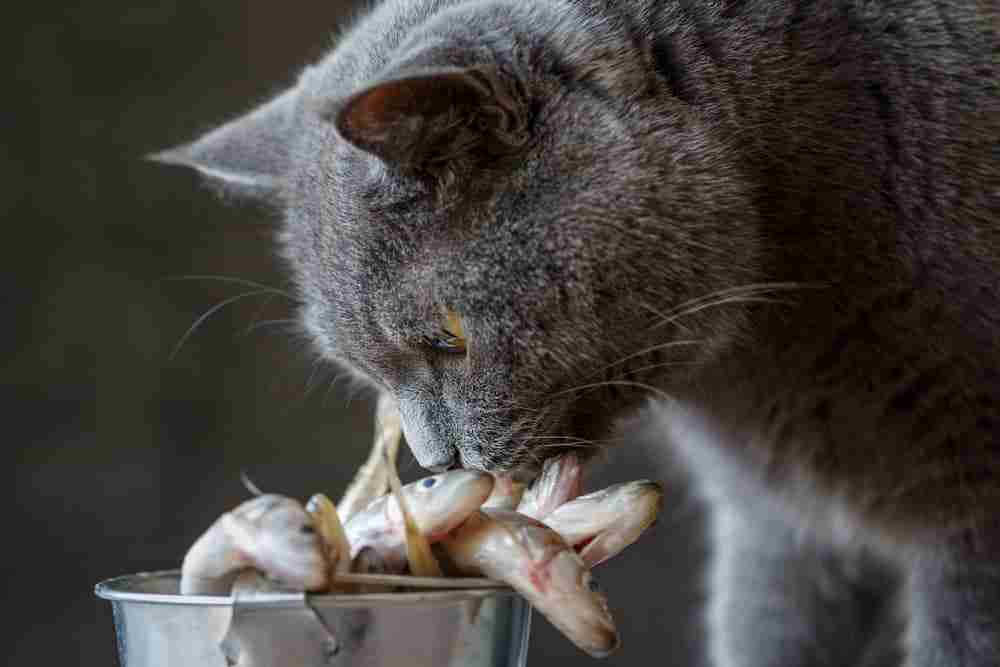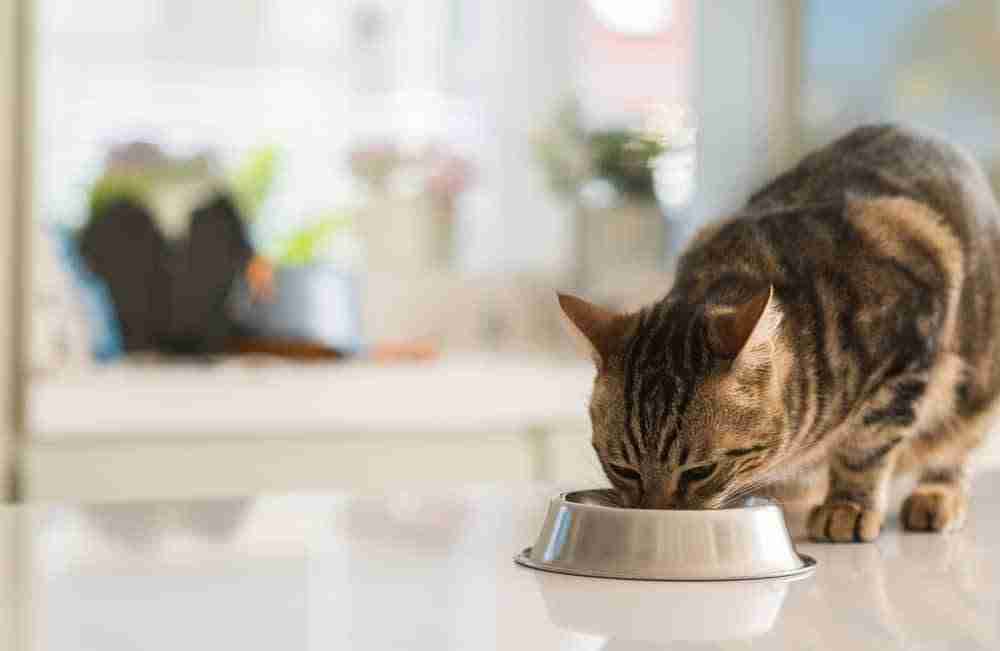Do you know how to force feed a cat? It may be necessary if your cat has an unexpected loss of appetite or an illness. Read on to learn about force feeding a cat safely…
Has your cat suddenly stopped eating? Do you need to know how to force feed a cat? Cats can’t go long without eating. Cats that develop food aversions might refrain from visiting the dinner bowl, resulting in rapid weight loss and onset of a condition known as “hepatic lipidosis.” This liver disease has life-threatening consequences if left undiagnosed and untreated.
If your feline friend stops feeding, rush them to the vet as soon as possible. Delaying your trip to the vet could cost your cat its life, with severe complications of the disorder arising in as little as 24-hours.
Your vet can diagnose the cause of your cat’s resistance to eating and determine the correct nutritional needs for your kitty. Unfortunately, you’ll need to force-feed your cat to get them to start eating again by themselves.
Force-feeding your furry friend is a messy business. You can expect your cat to protest and mew while you’re attempting to feed them. She’ll attempt to wrestle away from your grip and run for her favorite hiding place from the moment you start force-feeding until the end.
This post unpacks a strategy for helping you force-feed your anorexic cat. If you don’t have any luck with this method, book a consultation with your vet immediately.
Isolate The Problem And Try A Treat

Before you rush off to the vet, let’s do a quick troubleshooting round. We’ll look at common problems facing owners of anorexic felines.
Have you recently purchased your cat?
New owners might not be feeding their cats the right food. Some cats are fussy eaters, and some cats may starve themselves if they don’t like the food you are offering. Some cats won’t eat wet food and some cats just eat dry food – they are like people, they have favorite tastes, textures, and meals!
To see if they have a food aversion, try feeding the cat a treat. If they take the treat, you probably have an issue with the food you’re serving them in their dinner bowl.
Experiment with different food types to see if your cat pays any attention to the new addition to the dinner bowl. Cat food comes in dry and wet types and an abundance of flavors. You can add water to dry food to improve odor and taste.
Try a few different brands and flavors in both wet and dry types to see if your cat enjoys any of them or continues to refuse to eat.
New owners often make the mistake of feeding their cats cold wet food. Cats don’t eat cold meals – it reminds them of dead prey.
Cats are predators, not scavengers, and cold food is uninteresting to them. Serving the food slightly above room temperature is the best idea, don’t heat it, or you’ll burn your cat’s tongue.
New owners should also consider dinner bowl etiquette. Cats don’t like eating from dirty bowls; they’re clean animals, and they expect a clean bowl.
Cats also don’t like it when their whiskers touch the sides of the bowl. If the bowl is too deep, they’ll avoid eating.
If none of these tactics work, you’re going to have to resort to force-feeding.

Preparing to Force Feed Your Kitty
When attempting to force-feed your kitty, make sure you prepare for the task. Your cat isn’t going to enjoy the experience, and if they get irritated, you could end up with some nasty scratches and bites.
One thing you do have going for you is the cat’s weakened state. When they are running low on calories and energy, cats feel lethargic. Therefore, they’re likely to put up less protest than if they were at normal energy levels.
To ensure your cat doesn’t maul or bite you during the force-feeding, protect yourself by wrapping them in a towel first. Make sure you wrap the legs in the towel, leaving only the head exposed.
Sit down and hold your kitty in your lap. Please ensure you have good control over her before you start feeding and watch for any limbs slipping out from the towel.
Roll Up Some Meal Balls
Take your cat’s favorite wet food, and roll it up into small balls around the size of a marble. Open your cat’s mouth (they’ll probably try to keep it shut), and make sure you stay away from the teeth.
Take the meal ball and push it to the back of your cat’s throat. Close your cat’s mouth and lift their chin slightly to prevent them from spitting it out. Give your kitty time to swallow before feeding them another meal ball.
The reality is it’s a messy process, and you can expect some problems. If you have thin leather gloves, wear them to protect your fingers from the cat’s teeth.
Try Feedings Using A Syringe
If you don’t have much luck with the meal ball idea, you can try force-feeding using the syringe method. Blend the cat food into a puree, and add water to make it slightly runny.
Purchase a large syringe and a feeding tube from your local pharmacy, and fill the syringe with the liquid.
Please keep your fingers away from your cat’s teeth, and insert the feeding tube to the back of their throat. Inject a little food at a time, and watch for signs of choking.
If your cat aspirates the liquid, it leads to the development of pneumonia and severe, life-threatening complications for your kitty.

What If Nothing Works When Force-Feeding My Cat?
If neither method works for force-feeding, it’s time to take your kitty to the vet. In most cases, owners will have a hard time attempting to force-feed their animals.
Rather take them to the vet if they think it’s a serious issue and not just their cat being fussy.
How Can I Convince My Cat To Eat?
If your cat has food aversions and decides to avoid the dinner bowl from time-to-to time, you can persuade them to eat using the following tips.
- Look for wet seafood varieties (the more it stinks, the more your cat will love it).
- Add brine water from cans of tuna or anchovies to dry food as gravy.
- Make some bone broth and add it to their meals (avoid store-bought brands with spices).
- Sprinkle some nutritional yeast on the food (not brewer’s yeast); cats love the smell and taste.
